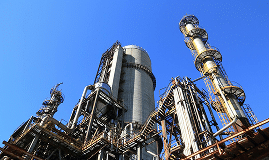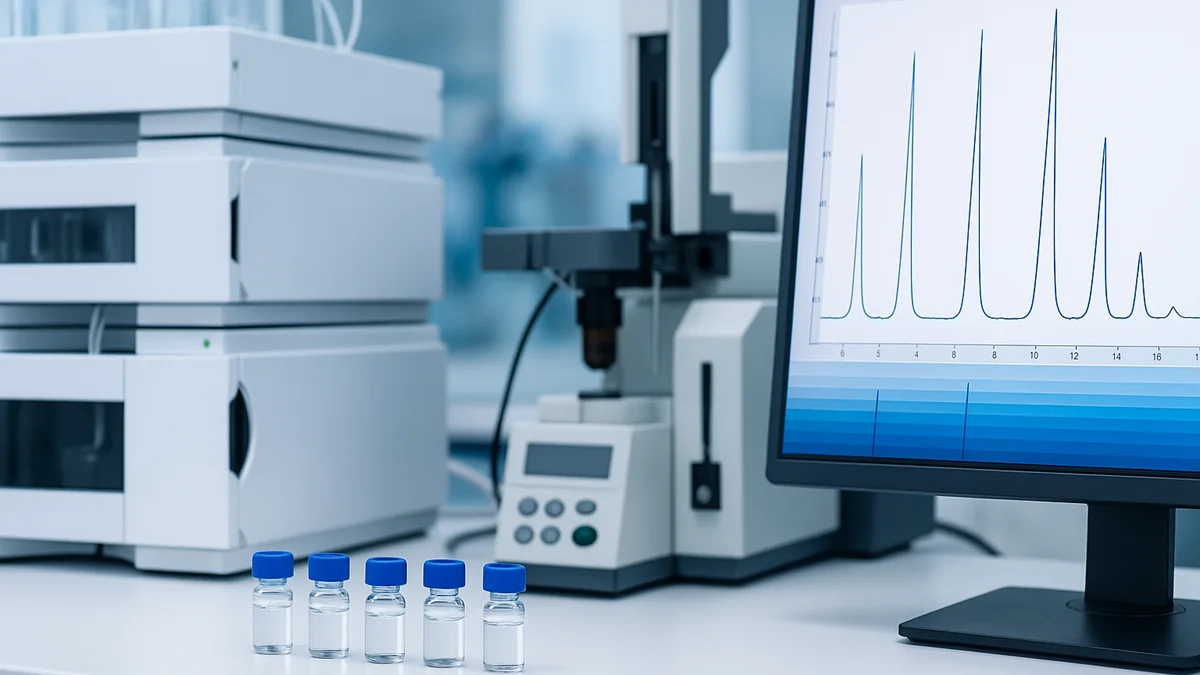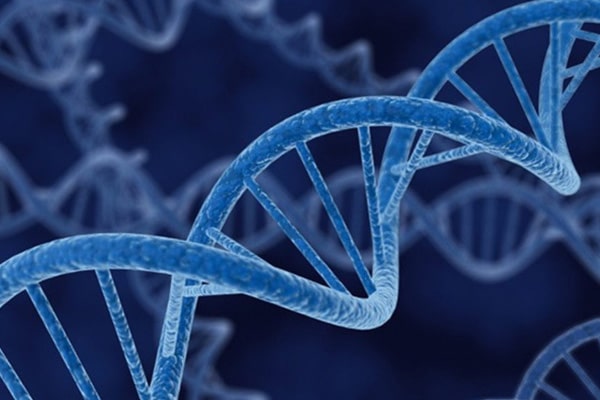Most Important Factors For Pharmaceutical Impurities / Reference Standards
It is interesting to discuss the most important factors for the Pharmaceutical impurities / Reference standards in detail. Because these are the critical factors for the quality of various pharmaceutical products. Pharmaceutical impurities / Reference standards are used as primary standards or secondary standards for the quality control of active pharmaceutical ingredients (API), excipients, and finished pharmaceutical products. R&D department of SynThink is responsible for producing and testing of pharmaceutical impurities of 300 active pharmaceutical ingredients (API). Wherever possible scientists are working with secondary standards, which are established using pharmacopoeial primary standards as a reference.
SELECTION OF MATERIAL FOR REFERENCE STANDARDS
The selection of the material for the reference standards is a very important factor for the Pharmaceutical impurities / Reference standards. Because the issue of quality of pharmaceutical impurities or reference standards used in the Quality Control Department of the Pharmaceutical industry is a highly concerning reality. Because every company wants to ensure that the product being released to the market has similar quality attributes as those used in an actual clinical setting and registered in the original product license. Hence, it is important to have the reference standard that provides a steady and desired quality attribute during analytical testing or quality control tests.
To ensure the highest quality, one needs to ensure careful selection, qualification, characterization, and stability of the reference standards used in quality control analytical testing. Expert scientists always pay a lot of attention to the qualification and full characterization of reference standards as well as to their stability. However, sometimes, enough attention isn’t paid to the selection of raw material to be used for reference standard establishment. Reference standards lacking quality, purity, or potency generally led to analytical test results, which are unexpected. Therefore, it is crucial to carefully select material for the reference standards of desired quality, purity, and potency.
STORAGE AND DISTRIBUTION OF PHARMACEUTICAL REFERENCE STANDARDS
As research and regulations expand into a human, environmental, and ecological systems, reference standards (RSs) that address these challenges have progressed from simple surrogates to more complex real samples of these systems. Accordingly, requirements for maintaining the stability of relevant reference standards have transformed the reference material warehouse from simply controlled environments with shelves to a building filled with specialized refrigerators, and freezers maintained at various temperatures. Controlled access, especially for bio-hazardous reference standards, and environmental alarm systems are now standard features.
The technical complexity of reference standards development is well-recognized. As systems of measurement and requirements for traceability have expanded beyond national borders, the distribution of reference standards has become a worldwide enterprise with its own regulatory complexity. Most regulations are driven by concern for safety and environmental sustainability goals. Successful transport while maintaining the integrity of a reference standard involves navigating a network of the local carrier, national, and regional requirements that often change without notice. Individual importers may have their own licensing requirements that require specialized documentation.
CHALLENGES ASSOCIATED WITH IMPORT AND EXPORT OF REFERENCE STANDARDS
Pharmaceutical impurities or Reference substances are used in the identification, purity assessment, and assay of pharmaceuticals, and considerable time and effort is expended in their preparation to ensure they are fit for their intended purpose. Part of the preparation process is to ensure the property values of the reference substances are stable for the period of validity stated by the producer. This period necessarily covers the transportation of the substance from the producer to the end-user. Delays in the import and/or export of reference substances not only inconvenience the end-user but can also affect the integrity of the property value(s).
CHARACTERIZATION OF PHARMACEUTICAL IMPURITIES / REFERENCE STANDARDS BY NMR
When establishing a reference standard, its identity and purity have to be ascertained. There are different techniques for both identity and purity tests. One of them is NMR spectroscopy which has for decades been an excellent technique for the identification of new substances. Quantitative NMR (qNMR) is gaining acceptance as a method per se or as an orthogonal method. A major advantage of qNMR is that there is no need for a reference standard. So the characterization of pharmaceutical impurities is also one of the most important factors for the Pharmaceutical impurities / Reference standards




